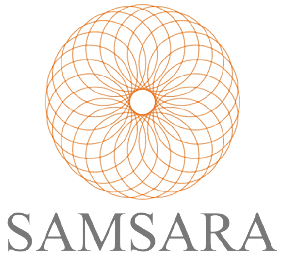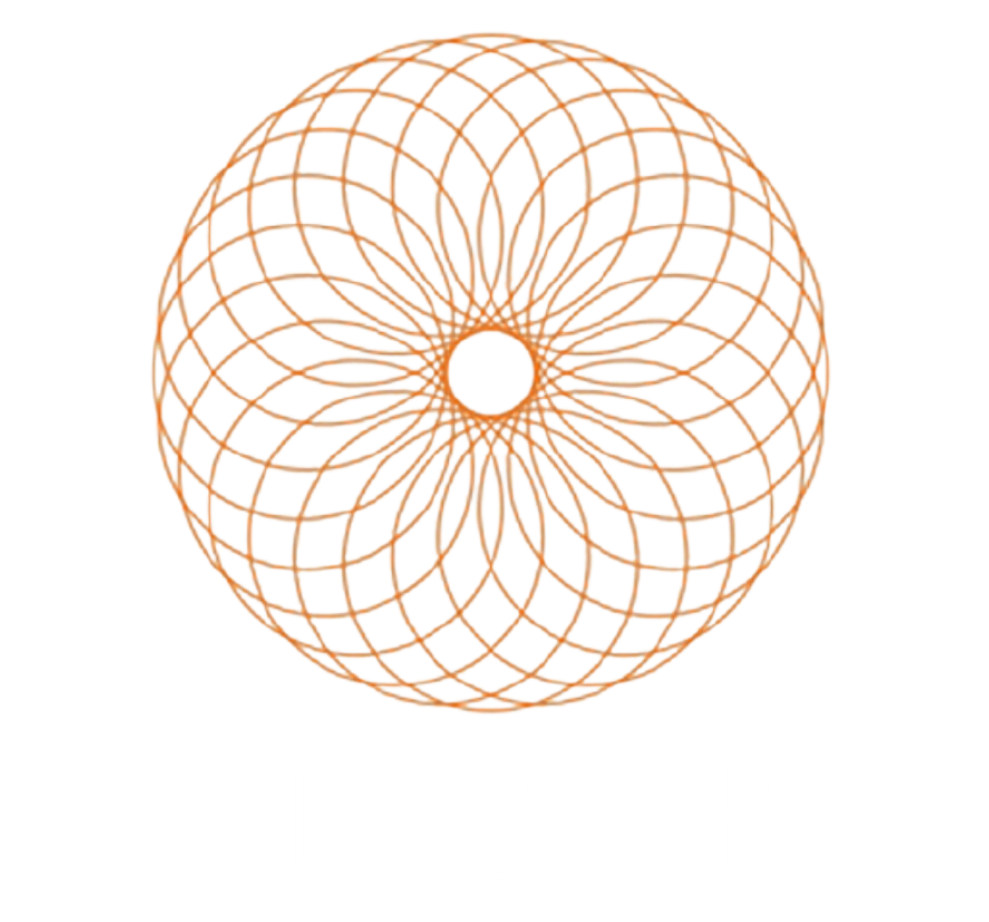- info.samsarayog@gmail.com
- +91 63601 98390
- No. 35/1, Apartment, Ranka Nest, KKS Rd, Okalipuram, Sevashrama, Bengaluru, Karnataka 560021
Yoga For Sports
Yoga For Sports
Why Power Yoga and Thai Yoga Stretches
Power Yoga provides flexible and streamlines body by reducing fat and enhancing metabolism. Since it is the complete body workout, greatly helps in making lean muscles. It not only gives a better shape to your muscles but also strengthens the weaken muscles. Power Yoga is known for muscles stretching, muscles strengthening, and enhances joints movements. All these are good aspects for Sportspersons and athletes.
The practice of yoga was first developed in India and has evolved over thousands of years. Yoga disciples use poses, or asanas, to prepare their bodies for meditation practice—much as an athlete would prepare for a sports competition. The poses also serve as a means to alter one’s consciousness and mental focus in the spiritual quest for “enlightenment.” This spiritually transformative process is, in fact, the overriding purpose of the practice of hatha yoga. In essence, yoga is designed to bring body, mind and spirit into balance.
Athletes in all sports are finding that yogic conditioning not only elongates tight, shortened, fatigued muscles but also brings calmness and clarity to the mind. Some athletes begin the practice to rehabilitate an injury and to gain more flexibility, stability and strength. Others take it up to increase their powers of concentration and quiet the mind. And some do it because they don’t want to miss out on what everybody else is raving about! The reasons are many, but the results are consistent.

Injury Prevention
One of the best lessons athletes can learn from practicing yoga is how to respect their body’s strengths and limitations. This knowledge is essential to preventing sports injuries. Yoga is a powerful biofeedback tool that can help athletes develop better body awareness. Listening to the body and responding to its messages is a way to honor the body and not push it over the edge.
Like runners, tennis players experience a tremendous amount of pounding, shortening and tightening of their muscles. When players do not restore, elongate and stretch these muscles, imbalances and injuries frequently occur. The tension in tight muscles hinders blood supply and creates scar tissue, which renders the muscles less elastic. Therefore, an athlete with tight muscles has to work harder, which in turn creates even more stress. This classic overuse syndrome is experienced by many athletes.

Injury Prevention
One of the best lessons athletes can learn from practicing yoga is how to respect their body’s strengths and limitations. This knowledge is essential to preventing sports injuries. Yoga is a powerful biofeedback tool that can help athletes develop better body awareness. Listening to the body and responding to its messages is a way to honor the body and not push it over the edge.
Like runners, tennis players experience a tremendous amount of pounding, shortening and tightening of their muscles. When players do not restore, elongate and stretch these muscles, imbalances and injuries frequently occur. The tension in tight muscles hinders blood supply and creates scar tissue, which renders the muscles less elastic. Therefore, an athlete with tight muscles has to work harder, which in turn creates even more stress. This classic overuse syndrome is experienced by many athletes.
Book a Class
BeU hatha yoga flow classes range from basics, to more advanced.
Yoga for Sports Performance
RUNNING
Runners pound and hammer their bodies on different hard surfaces, resulting in injury or overuse to the muscles and tendons of the legs, feet, hips and low back. One of the best yoga poses for runners is Eka Pada Rajakapotasana Prep (pigeon pose prep), which stretches many muscles, including the hip flexors, the gluteals and the piriformis, psoas, low-back and groin muscles. Also good for runners are any lunging poses that lengthen the Achilles tendons and soleus muscles—for example, Virabhadrasana 1 (warrior pose). To deeply stretch the hamstrings, the best choices are Parsvottanasana (extended sideways pose) and Supta Padangusthasana Prep (supine hand-to- big- toe pose prep), the last of which is described below. (Note: The photo shows the full pose, without the strap.)

GOLF
Golfers need to repeatedly twist their body in one direction to swing a golf club. Mastering the sport of golf requires tremendous strength in the entire torso. To strengthen and flex the spine, try Utthita Trikonasana (triangle pose) and Bhujangasana (cobra pose). Golfers can also gain strength, flexibility and stability by doing twisting poses, such as Ardha Matsyendrasana (pretzel pose), which is described below.


SKIING
Skiers often incur injuries in their low back and knees. Skiers also tend to have overdeveloped quadriceps and weak/tight hamstrings. These conditions can be improved by doing poses that strengthen the joints and muscles of the low back, knees and posterior legs. Examples to try with skiers include Utthita Trikonasana (triangle pose), ModifiedVirabhadrasana 3 (modified warrior pose with hands on hips or bent 90 degrees at sides),Paschimottanasana (seated forward fold pose), Supta Padangusthasana Prep (supine hand-to- big-toe pose prep) and Bhujangasana (cobra pose), the last of which is described above.
TENNIS
Because of the demands of tennis, players often lose their suppleness in the back and torso and deplete the strength in their shoulders, elbows and wrists. Prasarita Padottanasana (legs spread wide, forward bend while standing) is excellent for opening the shoulders; it also deeply stretches the hamstrings and adductors. Other good choices for tennis players are Utkatasana(chair pose), which strengthens the abdominal muscles and stretches the Achilles tendons, calves and spinal column, and Virabhadrasana 2 (warrior 2 pose), which builds strength and balance, especially in the lower body. Another excellent pose for strengthening and lengthening muscles of concern for tennis players is Setubandha Sarvangasana (bridge pose), which can be done with or without a strap; this pose is described below.


CYCLING
Due to the nature of their sport, cyclists tend to have very tight hips and hamstrings. Due to kyphosis of the low back, these athletes also need to stretch in ways that flex the spine; poses that address this spinal curvature help increase circulation around the lower vertebrae. Like swimmers, cyclists benefit most from poses that stretch the back and open the chest. Examples are Bhujangasana (cobra pose) , Dhanurasana Prep (bow pose prep, with hands reaching toward the feet) and Ustrasana Prep (camel pose prep, with hands on the sacrum rather than reaching to the heels). An optimal pose to stretch tight hips and hamstrings is Eka Pada Rajakapotasana Prep (pigeon pose prep), which is described above.
Class Gallery


Class Teachers
Our Teachers

PRADEEP MEHTA
Yog Acharya & Founder Samsara Wellness

SOMDUTT TIWARI
Therapy/Philosophy

DEEPA NEGI
Meditation/Phylosophy/Pranayam



